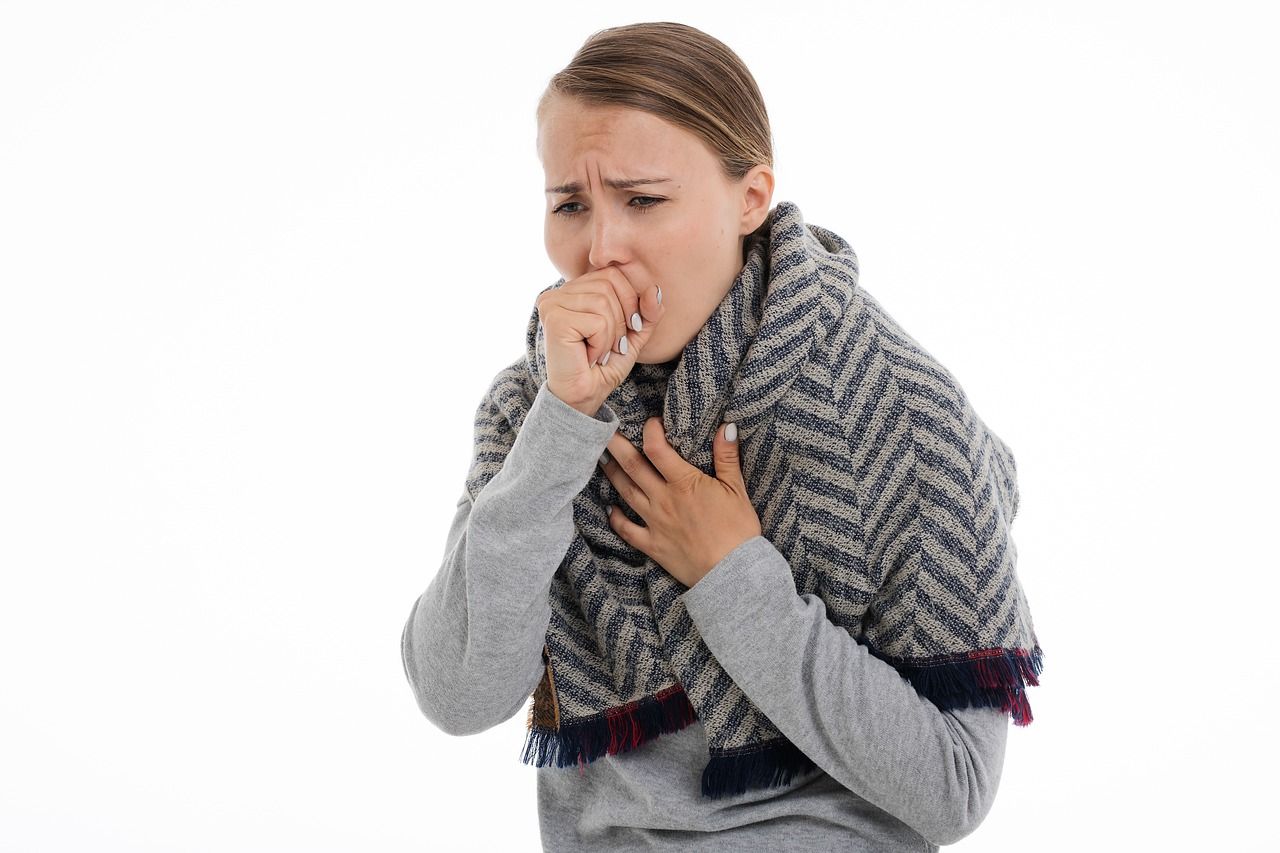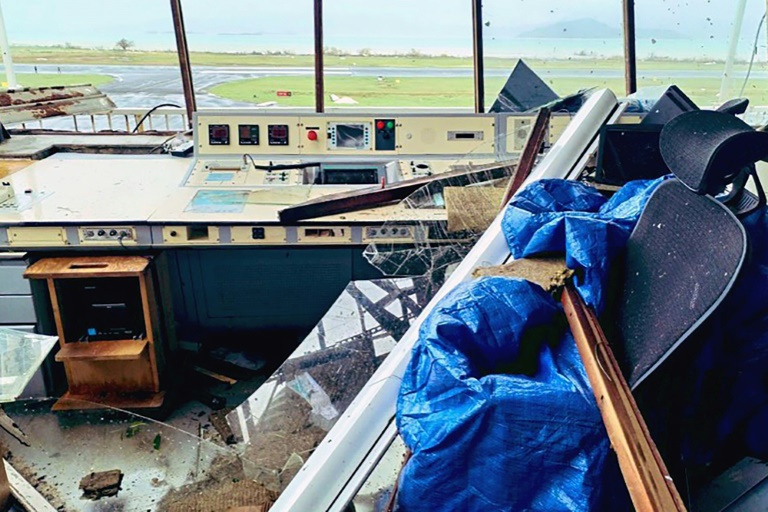KEY POINTS
- It doesn’t take a lot of cases to constitute a whooping cough outbreak
- It can be particularly dangerous for babies who may struggle to breathe or turn blue
- Authorities are stressing the importance of being treated in earlier stages
Public health authorities have identified confirmed cases of whooping cough. It is a very contagious disease, so it doesn’t have to take a lot of cases for it to constitute an outbreak.
The outbreak was detected at the south end of Cache Valley, the Bear River Health Department (BRHD) announced Tuesday. The BRHD is one of 13 local health departments overseeing the health of Utah residents.
There have been seven confirmed cases of whooping cough as of Wednesday, Utah Public Radio reported. While it doesn’t seem like a lot, it actually only takes two confirmed cases of the condition for it to be considered an outbreak, BRHD public information officer Estee Hunt told the outlet.
This is because whooping cough, also known as pertussis, is a “very contagious” respiratory illness. It is caused by the bacteria called Bordetella pertussis, which attaches to the hair-like structures lining the upper respiratory system and releases toxins.
Its symptoms come in stages, with the early symptoms including runny nose, low-grade fever and mild cough. This stage can last one or two weeks and may seem like a regular cold.
By the second stage, however, the patient starts to develop “rapid, violent and uncontrolled coughing fits” known as paroxysms. These fits get worse as the illness wears on, and the patients produce a “whoop” sound when they finally get to breathe after the coughing fit. They may feel exhausted or even vomit after the coughing fit. They also may struggle to breathe.
This stage may last for one to six weeks but may extend up to 10 weeks, the CDC noted. The recovery (stage three) tends to be slow.
The disease is found only in humans and can spread from one person to another via the small particles that get released when someone with the condition sneezes or coughs. Patients may remain contagious for weeks, starting from the onset of the first symptoms.
“Anyone can get whooping cough, but it can be very dangerous for babies and people with certain health conditions that may be worse with whooping cough,” the BRHD noted. “Family members with whooping cough, especially siblings and parents, can spread pertussis to babies.”
What’s dangerous about babies with pertussis is that they tend not to cough at all. Instead, they end up struggling to breathe and turning blue. And although the whooping cough is generally milder for teens and adults, some may still struggle with coughing fits that keep them up at night, with some describing it as the “worst cough of their lives.” It may not be as bad, however, for those who have had the whooping cough vaccine.
It’s important to get treated for whooping cough in the early stages before the coughing fits begin, health agencies noted. That’s because it would help lessen the severity of the illness and also prevent its further spread to other people.
“Starting treatment after three weeks of illness is unlikely to help even though most people will still have symptoms,” the CDC said. “By then, your body has gotten rid of the bacteria, but the symptoms are still there due to the damage already done to your body.”
As for the outbreak, the BRHD has enforced various measures like increasing surveillance, contact tracing and vaccination, according to CacheValleyDaily.com. It also urged residents to be vigilant and to take measures to prevent the further spread of the illness.
Health agencies are stressing the importance of getting vaccinated for whooping cough, as it is said to be “the best way” to prevent it. Though a vaccinated individual may still get sick from it, it likely won’t be as bad.
And just like with other respiratory illnesses, good hygiene practices like hand washing and covering one’s mouth and nose when coughing go a long way in preventing the spread of illness.
nastya_gepp – Pixabay







